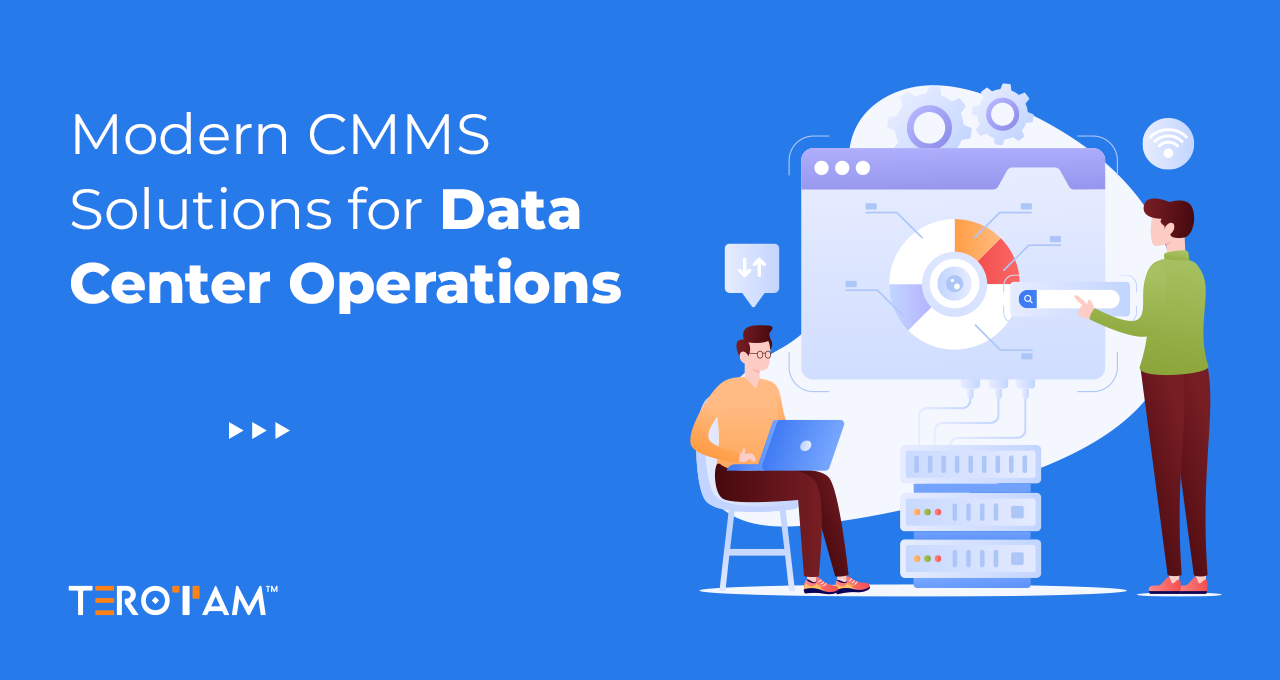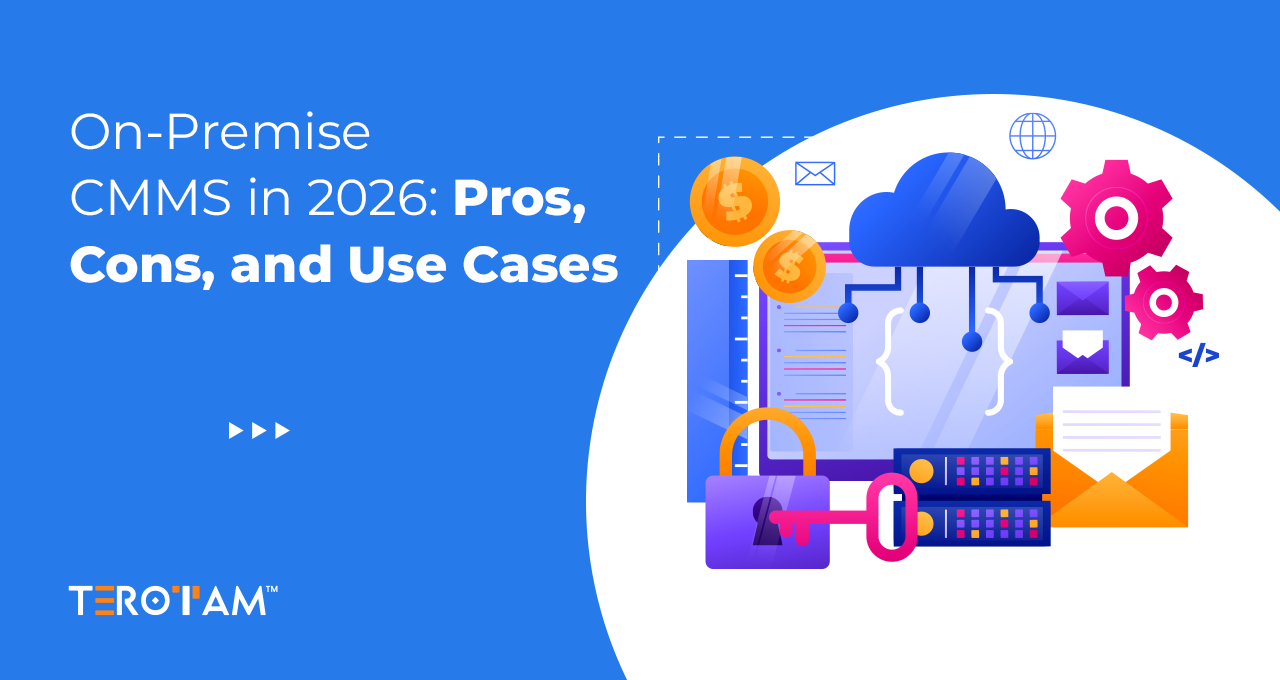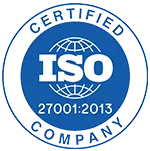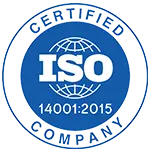Every maintenance job begins with asset data—whether it’s the equipment name, model number, location, status, or service history. When this information is collected and entered manually, the entire process slows down. Maintenance teams find it difficult to stay updated, mistakes happen, and decisions are delayed.
In many factories, buildings, and service businesses, this problem is more common than expected. Even today, many teams depend on handwritten notes, Excel sheets, and verbal updates. This article explains how manual asset data entry directly affects your maintenance efficiency and what you can do to fix it.
Here’s what we will talk about in this blog:
- What manual data entry means
- Where it creates problems
- How it slows down daily work
- What digital solutions can do better
- Tips to fix the problem without much cost
What is manual asset data entry and where it’s used?
Manual data entry means recording and updating asset-related information by hand or in basic software like Excel. It could be maintenance logs, inspection checklists, service history, or even asset tagging done without barcodes.
This method is still used in many small to mid-sized organizations because:
- They want to save software costs
- Their team is not trained for CMMS
- They think digital systems are too complex
- They already have files and registers set up
But the more assets you have, the more difficult it becomes to handle these records. It becomes hard to keep track of what’s working, what needs service, and what has failed recently.
How does manual data entry lower maintenance efficiency?
Manual systems affect nearly every stage of the maintenance workflow—from identifying the problem to scheduling tasks and tracking history. As your number of assets grows, these systems fall behind. The main reason is that they depend too much on people doing things perfectly every time—something that’s rarely possible when your team is busy. Whether it’s noting down an inspection or updating part usage, delays and gaps are unavoidable.
Without fast, accurate, and structured updates, maintenance decisions become weak. You can’t tell which machine is due for service or what part was used in the last repair. Technicians are left working blindly, managers are forced to guess, and small problems are missed until they turn into failures. Let’s look at the different ways this inefficiency shows up in daily operations.
1. Mistakes in data entry lead to incorrect actions
Technicians can easily make mistakes while writing asset details or logging reports. These errors often go unnoticed but later create confusion or wrong decisions.
- Wrong asset numbers or tag IDs get recorded
- Parts or equipment are listed in the wrong location
- Maintenance dates are entered incorrectly
- Spare parts issued are not tracked correctly
- Asset status (working/faulty) is updated late or skipped
These errors force technicians to redo work, wait for clarifications, or make assumptions that lead to more breakdowns.
2. No real-time updates to support fast decisions
Manual systems don’t update information instantly. Someone must manually enter the changes, which often gets delayed. This gap leads to slow actions and miscommunication.
- Supervisors don’t get quick updates on completed jobs
- Urgent issues may remain unknown for hours or days
- Maintenance plans are based on outdated conditions
- Inventory records do not match actual stock
This results in poor scheduling, increased downtime, and difficulty in assigning the right work to the right team.
3. Technicians waste time searching and entering data
Instead of doing actual maintenance, your team spends hours writing logs, checking files, and searching for data. This kills productive time.
- They have to go back to office computers to update logs
- Many write notes during work and enter later, which causes duplication
- File cabinets or spreadsheets are searched manually
- Data must be cross-checked with others before proceeding
- Reports take hours to prepare due to scattered data
The actual work gets delayed, leading to more backlogs and pending requests.
4. Hard to track complete maintenance history
Without digital records, it’s very difficult to get the full picture of an asset’s performance. This impacts decision-making, planning, and reliability analysis.
- Maintenance dates are missing or unclear
- Repairs done by past technicians are not recorded
- Repeated issues are not linked or flagged
- Replacement vs repair cost data is not available
- Breakdowns and their reasons are not documented in detail
This makes it hard for managers to know which machines need upgrades or what caused recurring failures.
5. Incomplete records affect compliance and safety
In industries where safety is a priority—like manufacturing, healthcare, or utilities—manual systems can become risky. Missing records may invite legal issues or safety failures.
- Compliance inspections may fail due to missing proof
- Safety audits are delayed due to poor documentation
- No proof of completed checks during emergency
- Legal authorities may fine the company for missing logs
- Workers may get hurt due to skipped safety checks
- Insurance claims may get rejected due to unclear records
The bigger the asset list, the more dangerous it becomes to rely only on manual entry.
How do digital tools and CMMS systems solve the problem?
Switching to a digital system doesn’t just save time—it completely changes how maintenance teams operate. With mobile-based CMMS software, teams can update records in real time, track asset usage from anywhere, and avoid confusion over what task was done or who handled it. Instead of spending time rewriting notes or correcting errors, your team can focus fully on repairs and inspections. This shift boosts productivity and helps prevent equipment failures before they occur.
The system also helps connect every department involved in maintenance. Inventory teams know exactly when a part was used. Supervisors can plan weekly schedules based on pending requests. Managers can view reports showing performance, downtime, and service frequency. Because all data is stored digitally, reports become easy to generate and compliance documents are available in seconds during audits or safety reviews.
Benefits of switching to a CMMS or digital asset management
- Technicians can use mobile apps to log data in real time
- Barcodes and QR codes help in quickly identifying assets
- Automatic time-stamped logs show who did what, when
- Alerts can be set for upcoming maintenance tasks
- Inventory is updated instantly when a part is used
- Reports are generated in one click for audits and review
Tips to improve data entry and reduce manual workload
You don’t have to fully change your system overnight. Here are some smart ways to start fixing the problem step by step:
- Begin by uploading your asset list into a simple CMMS or spreadsheet
- Tag each asset with a barcode or QR code for fast access
- Let technicians use mobile phones or tablets to update data
- Train your team on how to record issues using drop-down options
- Fix weekly reviews to check for missing or wrong entries
- Use cloud-based storage to avoid loss of files or paper registers
Even small changes like standard templates or mobile forms can save hours every week.
Conclusion
Manual asset data entry might appear manageable at first, but as your operations grow, it turns into a major bottleneck. Mistakes go unnoticed, updates are delayed, and your team spends more time figuring out what to do rather than doing the work itself. This leads to missed tasks, unexpected downtime, and inefficient use of resources.
Using a CMMS allows your entire maintenance system to run smoother, faster, and with greater accuracy. It helps technicians, supervisors, and managers work with the same data in real time. The end result is a more reliable maintenance workflow, improved asset lifespan, and reduced cost of operations. To see how TeroTAM’s CMMS can help you reduce manual tasks and improve your maintenance efficiency, contact us at contact@terotam.com








